There can be your advertisement
300x150
How Architectural Lighting Enhances the Aesthetics of Your Building
Improving the aesthetics of your home or workspace takes time and effort. First things that come to mind are a new set of furniture or fresh paint coverage. However, it's better to consider an approach to architectural lighting. As a result, the overall impression of a well-lit space creates a happy and calm atmosphere.
Most people don't think about lighting. As long as it performs its function, there's no reason to change it, right? However, the truth is that updating lighting is an important step toward a more attractive appearance of your property. Proper lighting can enhance its aesthetic appeal, as well as make the space safer and more convenient for movement at night.
Recent studies show that the total revenue of the lighting industry is gradually increasing at a rate of 4.47% annually. This proves that more people are valuing the lighting of their property—both for aesthetic and functional reasons.
Therefore, it's better to think about lighting that meets modern requirements. This article explains how improving the lighting of your building can revitalize its appearance and make living or working more comfortable. Continue reading to learn more about the nuances of architectural lighting for home or office.
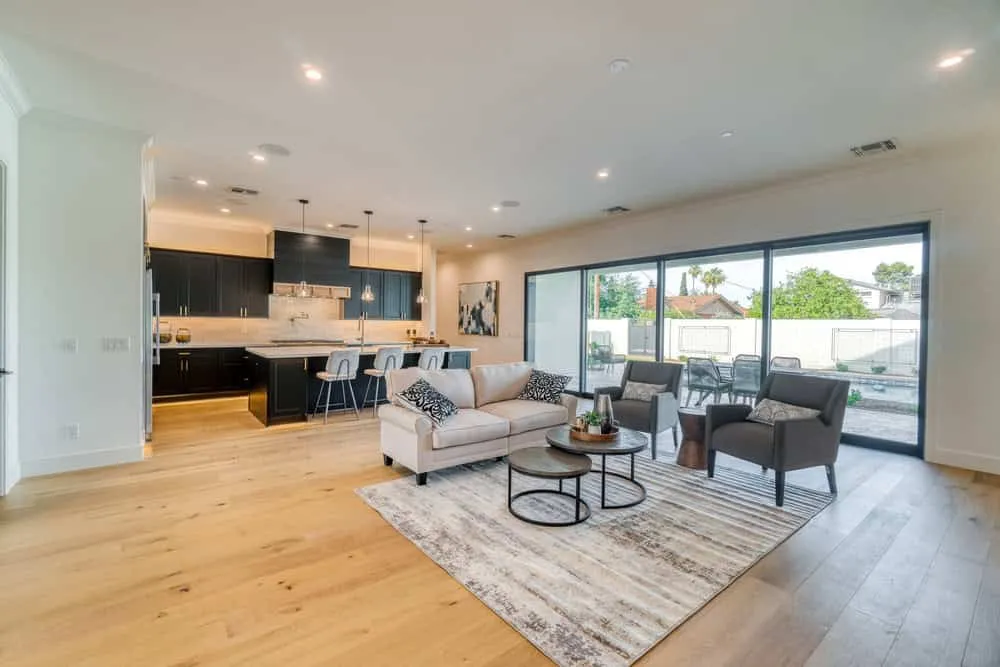
Why Is Lighting Important?
Lighting is necessary in every room, bathroom, kitchen, and hallway. Undoubtedly, natural light significantly affects the human body. However, it's also important to understand the significant impact of artificial lighting. People rely on artificial light for many reasons: improved visibility, orientation, and atmosphere.
When used wisely, interior and exterior lighting can highlight the best aspects of a building's design and completely transform people's interaction with it. Therefore, it's better to consult with a specialist such as Washington Outdoor Lighting or other well-known firms to ensure the quality of the final project.
Three stages of perception can help you choose which light fixture or lighting system best suits a specific location. First, focus on the object or features you want to showcase in its environment. Then categorize everything according to your vision of this area. You can also assign them a category showing how you think they perform their function. Finally, use this category to interpret what you see and bring your vision to life.
For example, architectural lighting can make a poorly lit factory evoke negative associations due to its similarity with horror movie sets. On the other hand, a well-lit and inviting factory can create a more positive impression.
The psychological impact of light and its application to architecture depends on various shades. The mood of a room can change dramatically when the light color is altered. This happens because you subconsciously associate certain colors with emotional reactions or actions.
For instance, displaying school colors on campus buildings can evoke a sense of pride, whereas showing opposing school colors might cause dissatisfaction. Using colored architectural lighting can also emotionally affect the viewer.

What Are the Three Key Aspects of Architectural Lighting?
There are three elements to consider when achieving a good balance between lighting and architecture. It's important that the high-quality final product includes design elements that pay attention to aesthetics along with function and efficiency.
A well-designed home maximizing natural light usage can also make your lighting design effective. The same applies to solar panels that power your LEDs for maximum eco-friendliness.
For example, lighting in restaurants, bars, or entertainment centers should be functional and aesthetic. Proper lighting is necessary for attracting the ideal customer base since it helps create a relaxed and cozy atmosphere.
These are three important aspects of architectural lighting. You can consider them when discussing projects with your supplier to increase the chances of getting excellent lighting.
What to Consider When Designing Architectural Lighting
A few factors can help or complicate your vision of how the final lighting installation will look. When using artificial lighting in building design, it's important to follow a method. For example, consider how different seasons might affect lighting in outdoor spaces.
It's also important to avoid interference between accent lighting indoors and the main one. To help you design an optimal lighting system for a specific building layout, there are four key factors:
- Cost and Budgeting: There is a big difference between mindless purchasing for savings and smart spending. Keep this in mind with any investment you consider. Therefore, it's better to choose an architectural lighting system that will serve its purpose for many years.
On the other hand, if you buy cheap equipment or try to install it yourself, you might end up paying more for maintenance and repairs each year. Alternatively, you can find a lighting specialist who will meet your needs within your budget and provide quality service.
- Overall Appearance: Naturally, investments in architectural lighting are mainly motivated by the desire to improve your building's appearance. It's important to remember that colors and light temperature should match the illuminated spaces.
Doing this, it's better to consider the object's surface, surrounding colors, and lighting. It is preferable to use lighting that complements its surroundings to draw attention to a specific facade or feature.
- Light Source: Different types of lighting have varying brightness levels. The light emitted by LED bulbs differs from halogen ones. However, low-quality LED bulbs won't perform the same task as high-quality ones.
Choosing the right type of lighting that can provide the needed quality, clarity, and color might be challenging. Therefore, it's necessary to study the color rendering index, light temperature, and other characteristics of the lighting source.
- Smart Control: Modern technology allows for a wide range of customization options. This means that any system installed in your building, including light fixtures, can be controlled individually.
You can adjust the brightness, color, and tone of light with a single click. Therefore, if you plan to frequently change the lighting, it's worth considering a system that gives you control over each fixture.
If you prepare for these four lighting aspects, you'll have peace of mind. Moreover, the real pleasure begins right after installing the fixtures. However, it's better to invest in a lighting system that won't look outdated for years.
Benefits of Well-Planned Architectural Lighting
The aesthetic value of a room and the atmosphere it creates depend on lighting. Therefore, a well-lit space is more comfortable for your family, employees, or guests. When combined with natural light and other forms of lighting, the benefits of architectural lighting can completely transform any room.
Below are the advantages you can expect after installing well-planned lighting:
Improved Safety and Security
Making an area more recognizable can reduce the likelihood of unwanted visitors. This can also prevent accidental intrusions—often occurring when someone enters a restricted area due to unclear boundaries. Architectural lighting such as track lighting can be equipped with motion sensors to alert security of presence.
Accessibility and safety improve in well-lit indoor and outdoor zones. While too much inappropriate lighting can be distracting, the right amount of light improves visibility. Additionally, accent architectural lighting can provide an extra level of visibility, allowing people to safely move in a more secure environment.
Attractive Building
The main goal of any lighting system is to make an area noticeable. Therefore, a well-lit building with artificial lighting will be easier for customers to find.
By showing your building and premises to the public, you demonstrate that you value appearance just as much as the quality of your services and staff. The same idea applies to attracting new customers and clients: more eyes on your business mean more opportunities.
Supporting Functionality
The visual value of a building can be further enhanced with proper lighting in public spaces. Some ergonomic requirements are functional—for example, the need for sufficient parking area lighting. However, with natural light, aesthetics and functionality often go hand in hand when creating an ergonomic lighting plan.
If you are a business establishment requiring proper lighting, you may lose sales due to lack of light. It's better to consult experts and get their opinion. They can give you various ideas and help make a decision.
Conclusion
Lighting in buildings is as important as their design. Strategic use of lighting, color, and texture can change your mood and perception of a room. Whether natural or artificial, lighting helps you perceive the beauty of buildings by highlighting details that might otherwise be overlooked.
More articles:
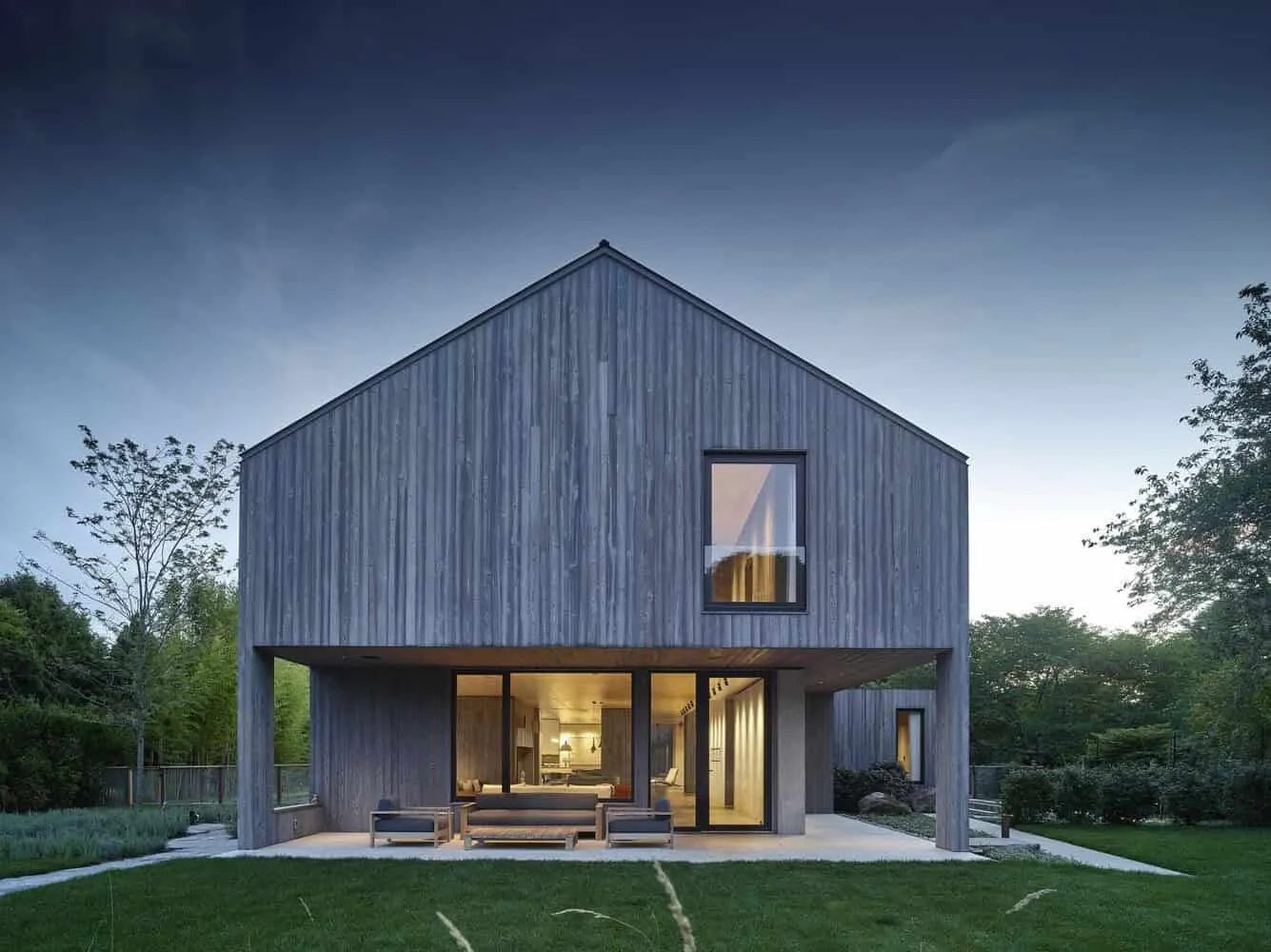 House in the Colors from MB Architecture in Amagansett, New York
House in the Colors from MB Architecture in Amagansett, New York House on Costa Brava by GCA Architects in Spain
House on Costa Brava by GCA Architects in Spain House in Capilla del Monte by Marcius Nancer in Argentina
House in Capilla del Monte by Marcius Nancer in Argentina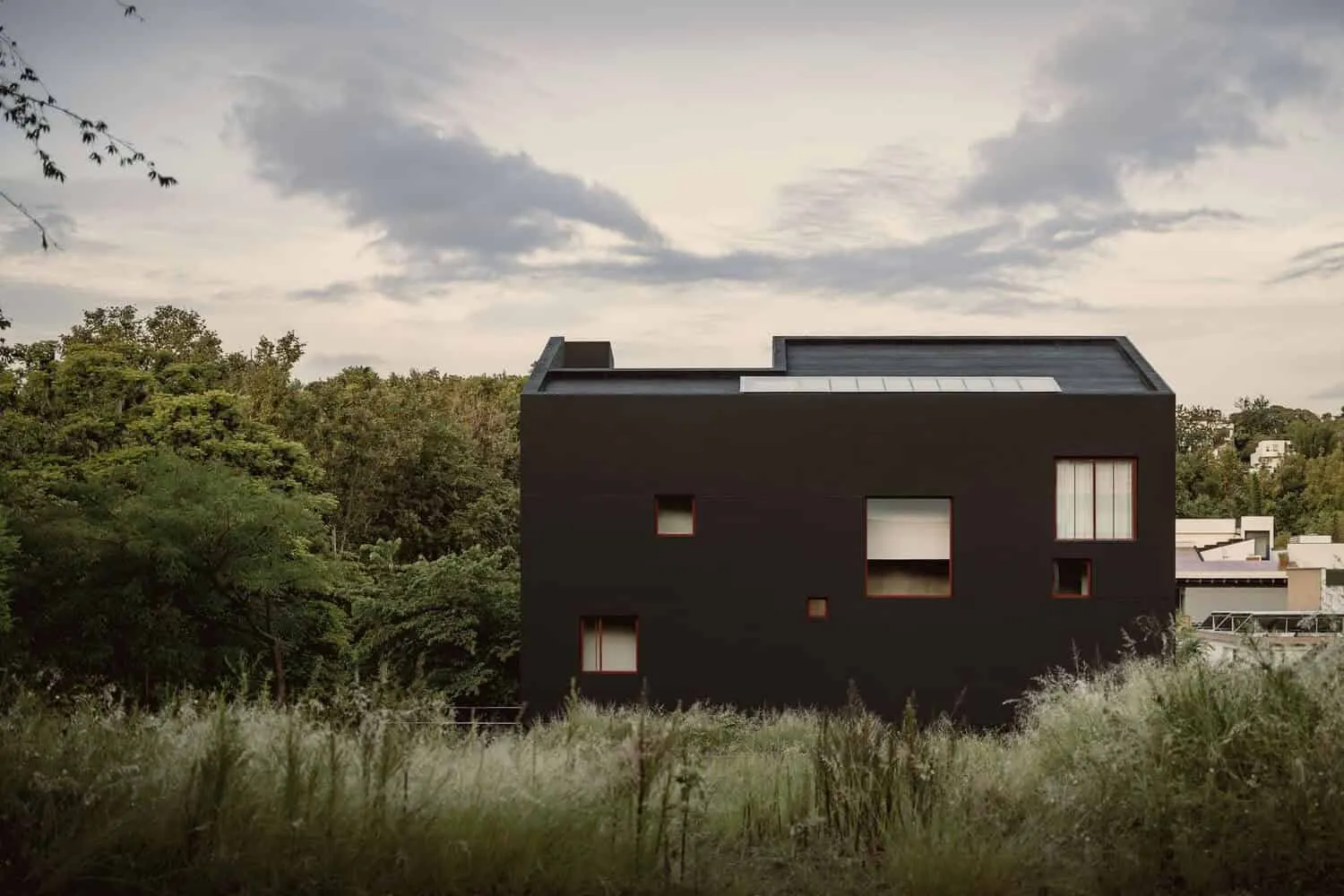 House in Halapa, Mexico by Lopez Gonzalez Studio
House in Halapa, Mexico by Lopez Gonzalez Studio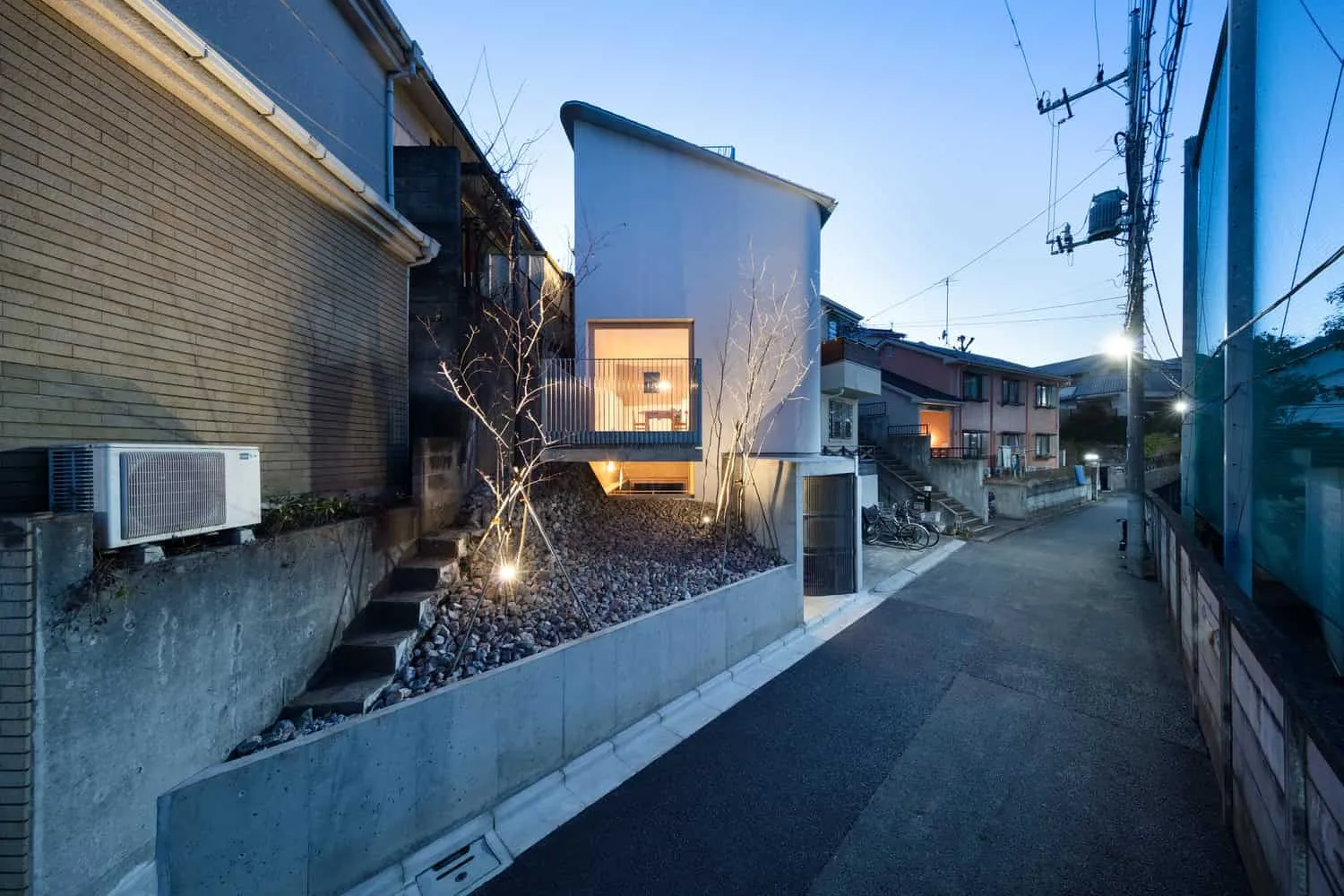 House in Zenpuku-dzhi by aoyagi design in Japan
House in Zenpuku-dzhi by aoyagi design in Japan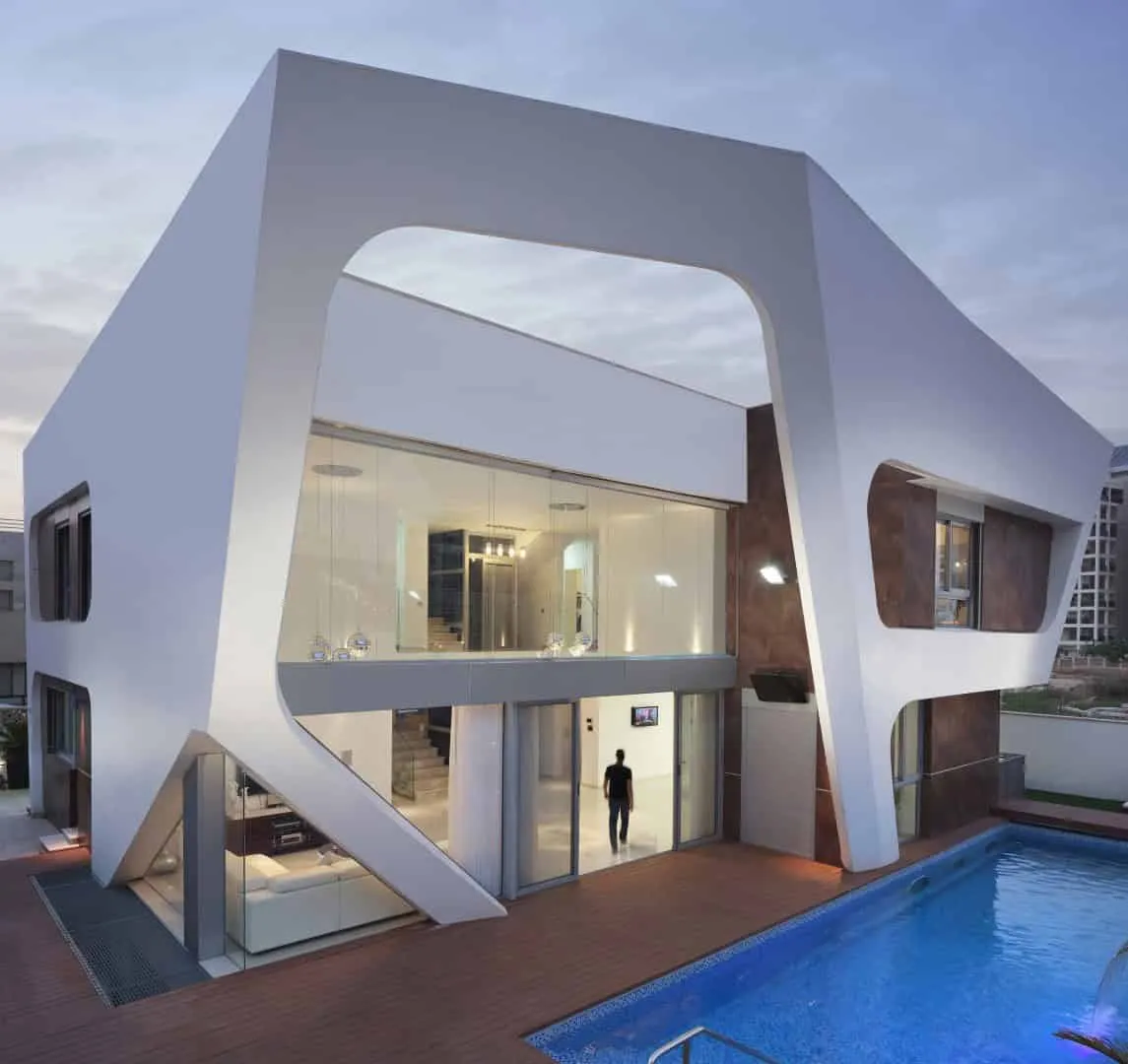 House in Ashdod by Zahavi Architects in Israel
House in Ashdod by Zahavi Architects in Israel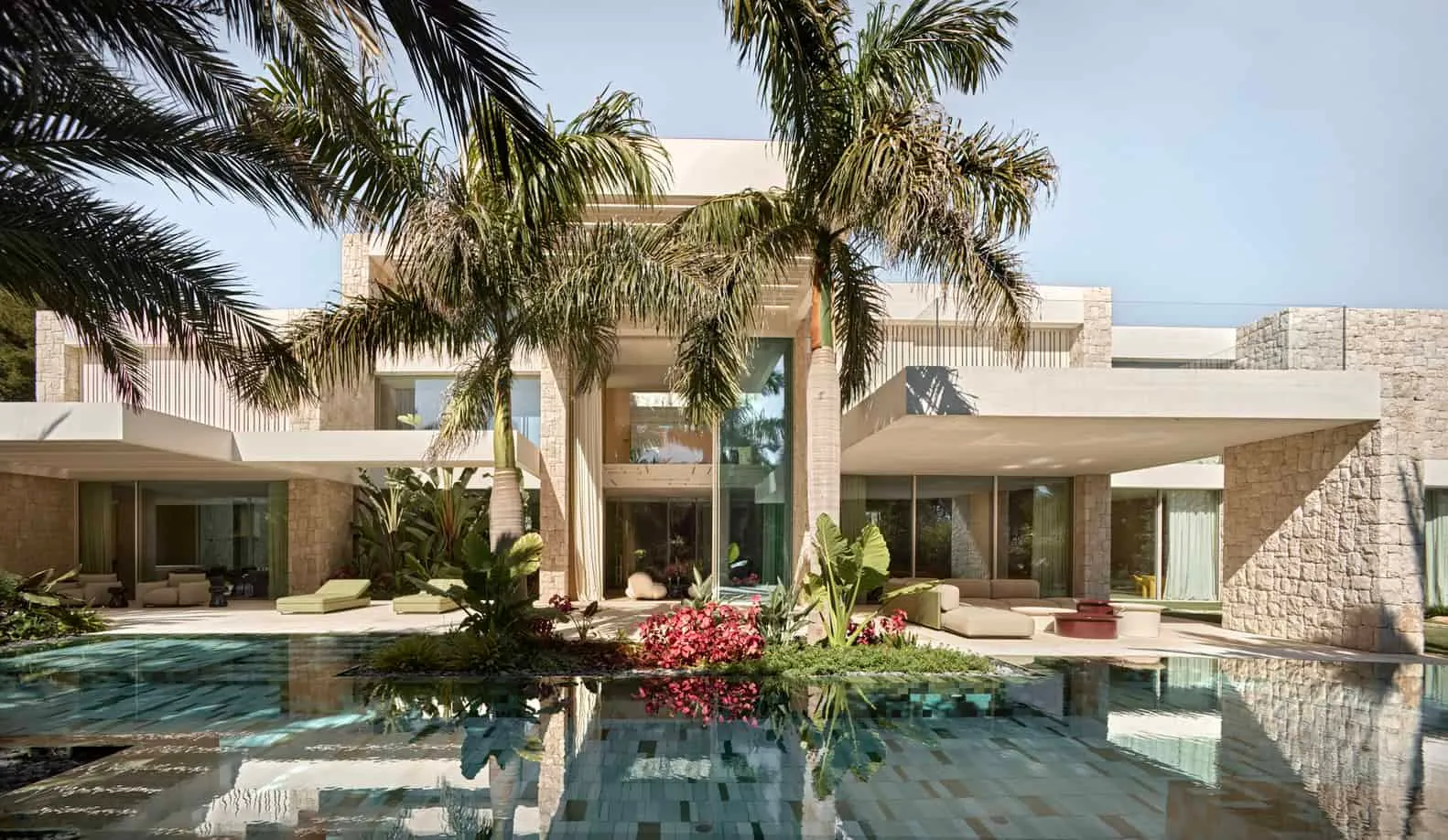 Jacaranda House by Ramón Esteve Estudio: Light, Shadow and Stone in Valencia
Jacaranda House by Ramón Esteve Estudio: Light, Shadow and Stone in Valencia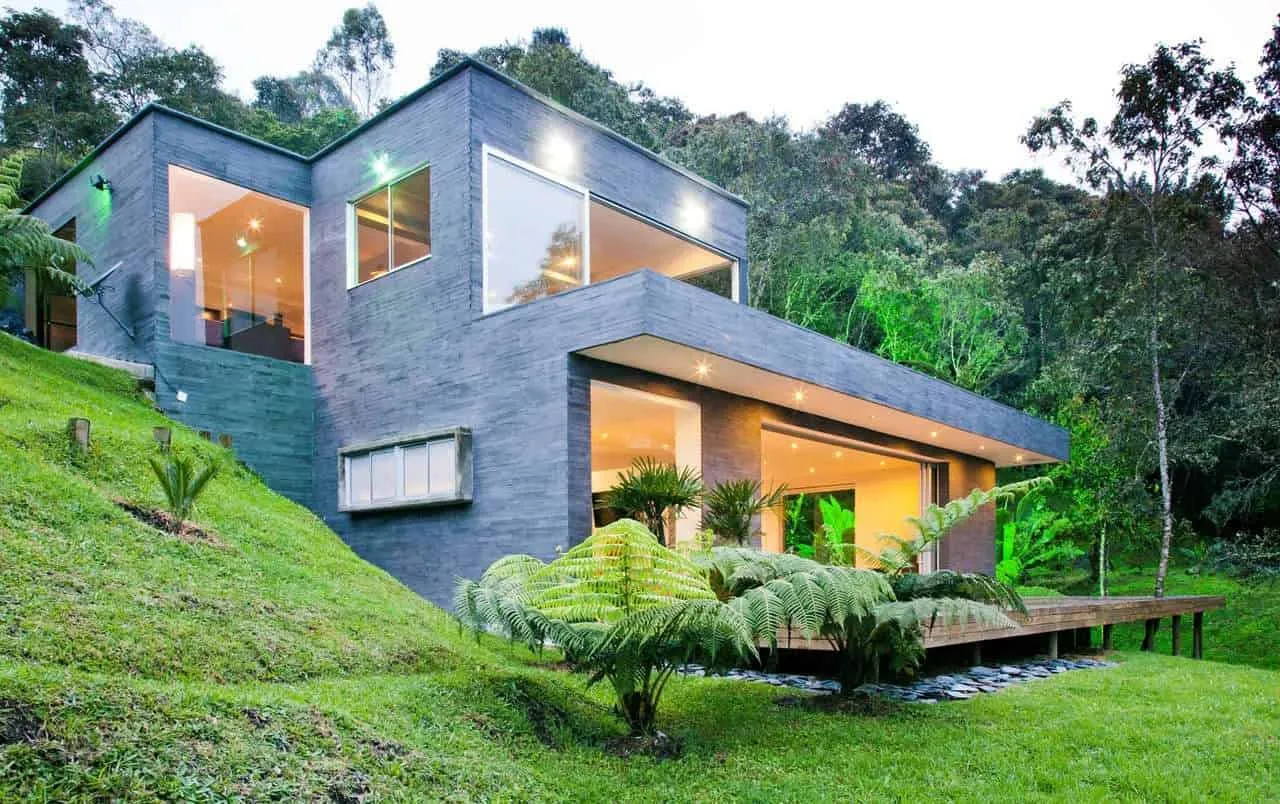 House "Lake in the Sky" by David Ramirez Arquitectos in Retiro, Colombia
House "Lake in the Sky" by David Ramirez Arquitectos in Retiro, Colombia